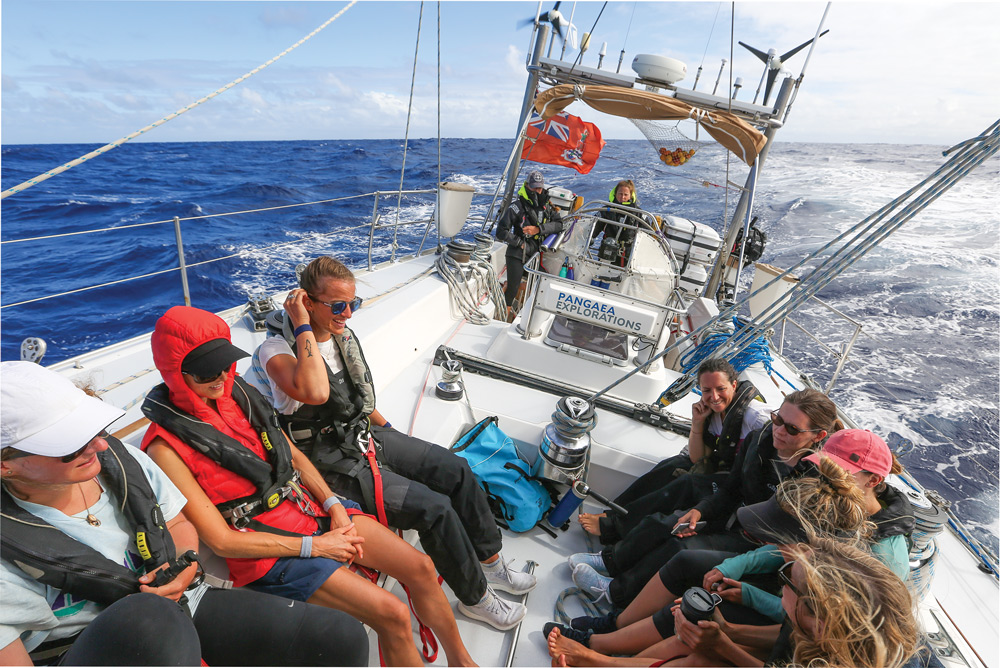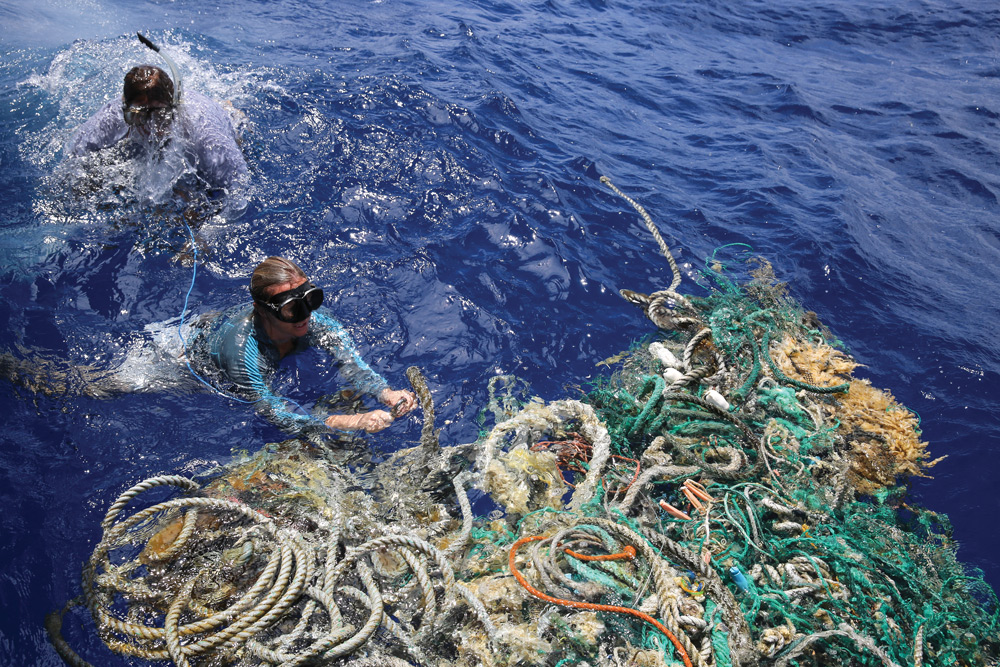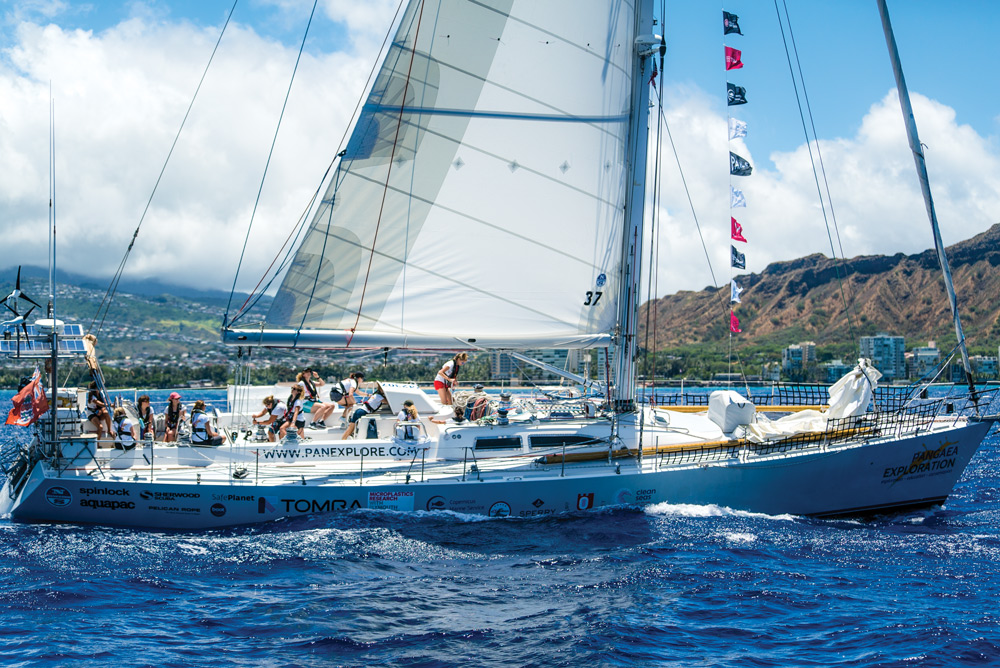Sailing on a mission in the garbage patch
Sailors the world over have noticed an every increasing amount of plastic garbage floating in the oceans. One group made up of women sailors and scientists has spent the last four years studying and brining awareness to the problem. The program, named eXXpedition, is launching its next project, a circumnavigation that will study plastic garbage in four of the five oceanic gyres.

“The plastic pollution challenge our ocean faces is a global one and it will take an inspired army of passionate, skilled and experienced people to tackle it,” said Emily Penn, British skipper and program leader. “This is our biggest project yet and by far the most challenging.”
In the four years since the first eXXpedition voyage across the Atlantic, more than 100 women have sailed on missions to investigate solutions to the impact of single-use plastic and toxic garbage in the world’s oceans. The most recent project was split over two voyage legs, and the crew sailed more than 3,000 nautical miles from Hawaii to Vancouver through the densest ocean plastic accumulation zone on the planet, the North Pacific Gyre that is now known as the Great Pacific Garbage Patch before surveying remote coastlines of Canada’s British Columbia en route to Seattle. The crew was made up of a diverse international group of 24 women from Britain, USA, Canada, Slovenia, Norway and Honduras.
The research projects the team conducted daily included trawling for plastics and pollutants, and collecting data for a variety of global scientific research studies. This data is being used to support scientists in the UK, Canada, Switzerland and the USA. The crew recorded a constant stream of recognizable items passing by the boat from

The organization is launching the next step, an all-female circumnavigation and scientific research mission of more than 38,000 nautical miles on 30 voyage legs starting and ending in the United Kingdom. The crews will explore plastics in four of the five oceanic gyres. Applications are now open for voyage legs that range in length from 5 to 23 days.
“There’s much that needs to be done to address the issues from closing the loop on plastic waste through effective recycling to upstream solutions that are designed to end the use of unnecessary single-use plastics. But ultimately, it’s about individual actions. Every bottle and toothbrush polluting the ocean once belonged to someone,” Penn said. “It’s billions of micro-actions that have led us to this situation and it will be billions of micro-actions that will get us out.”
For more information, visit www.exxpedition.com.


Comments